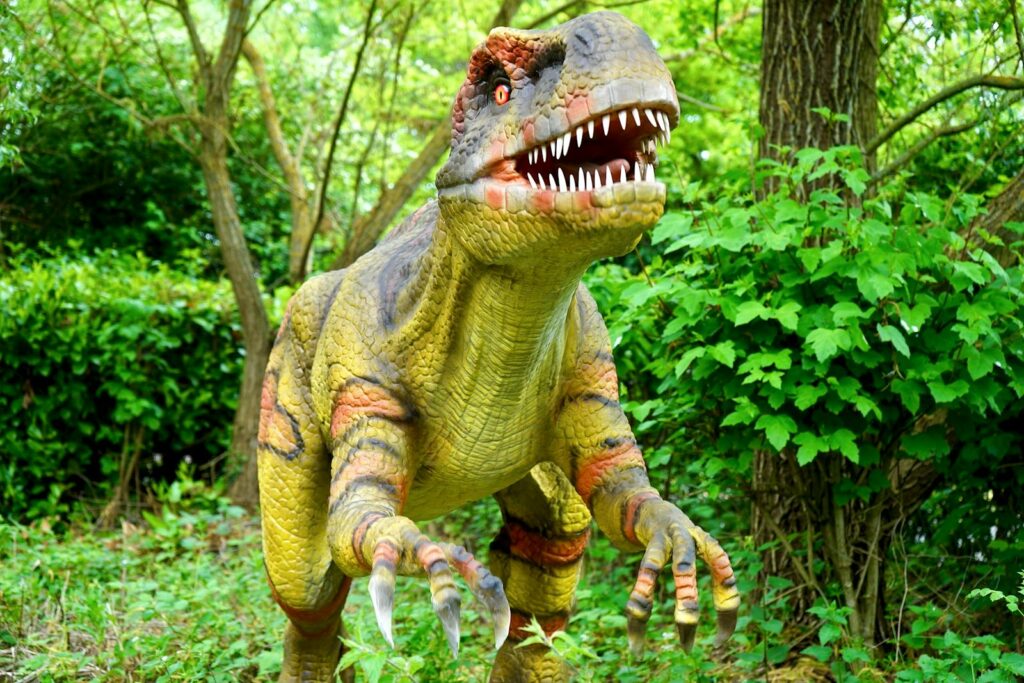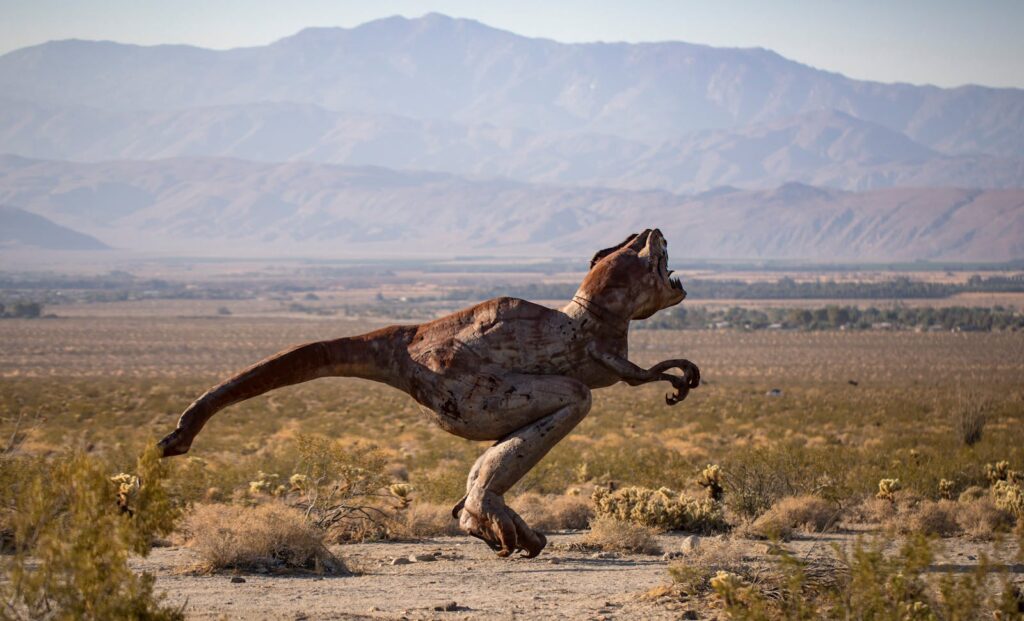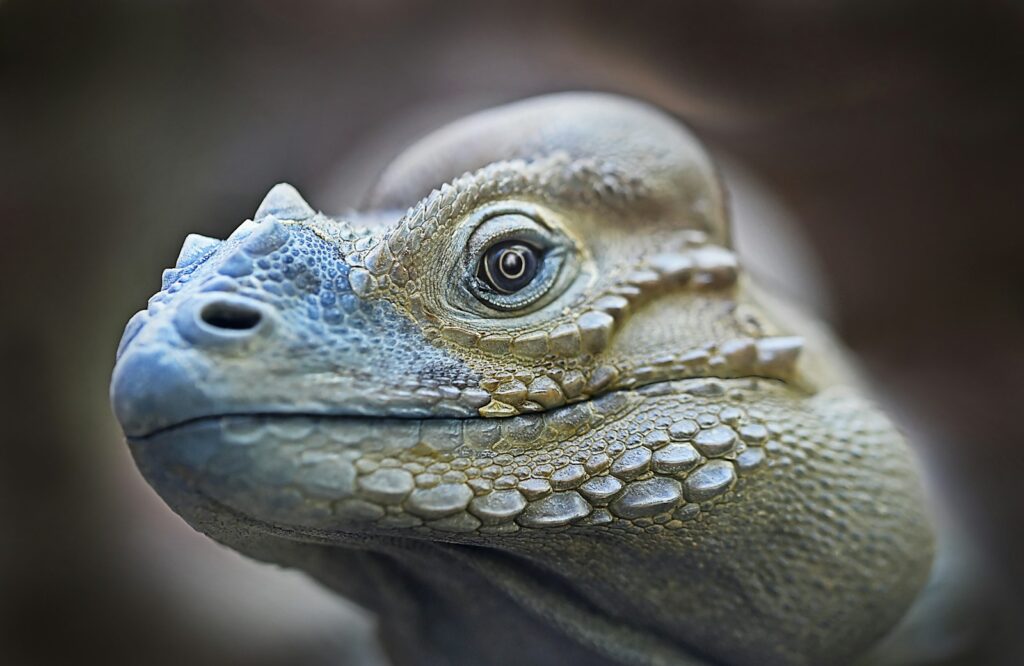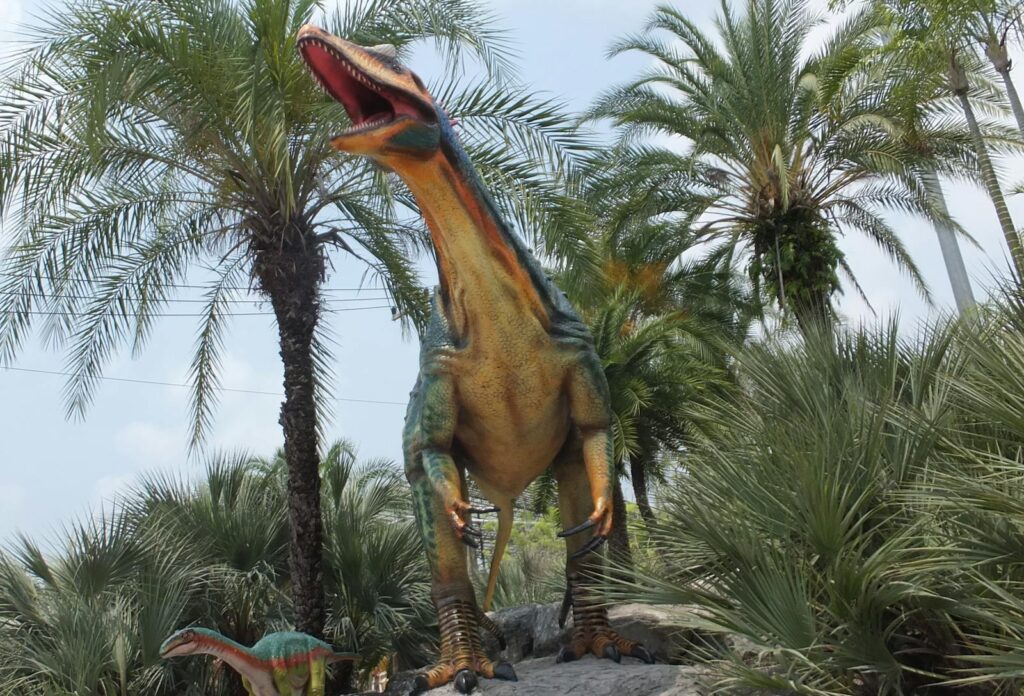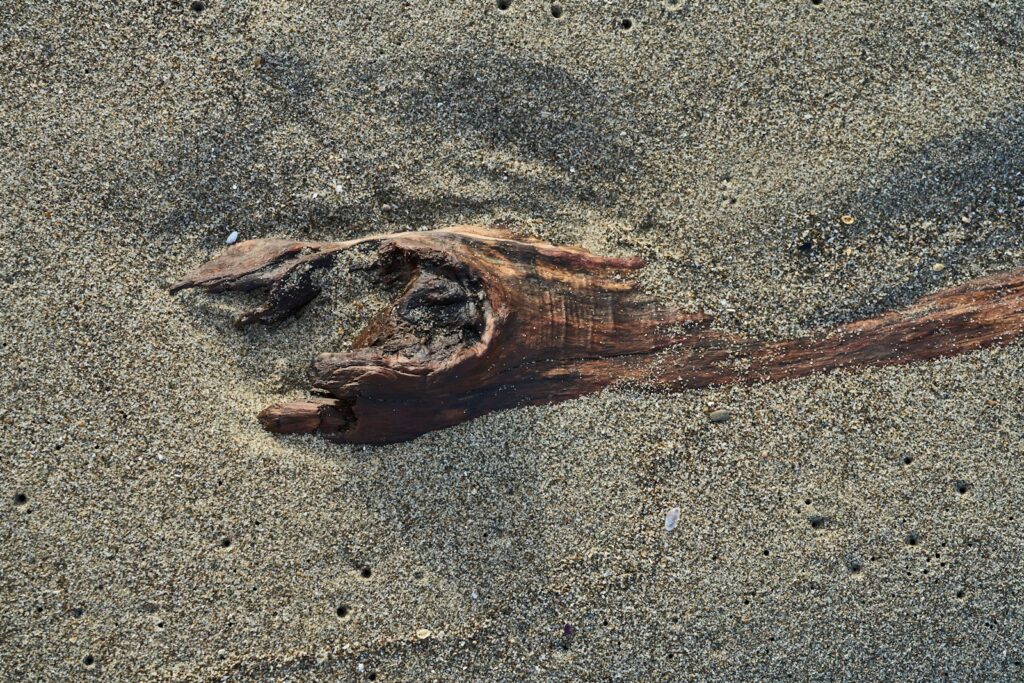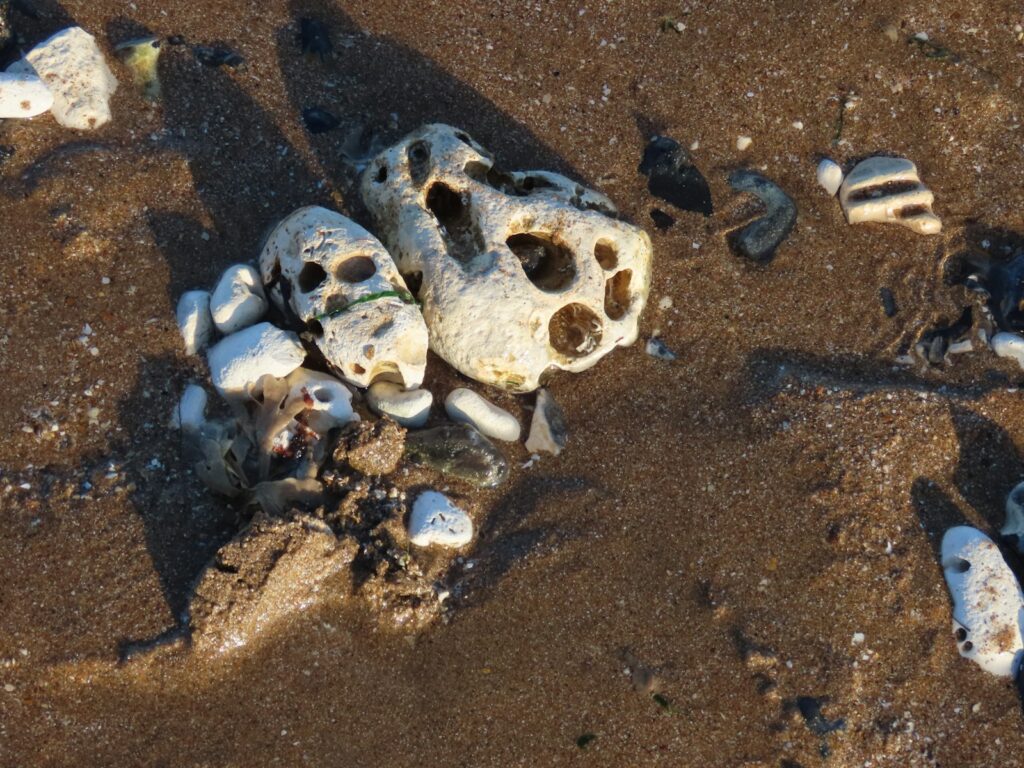Archaeopteryx The First Bird or the Last Dinosaur
When the first Archaeopteryx fossil was discovered in 1861 in a limestone quarry in southern Germany, it ignited a scientific controversy that continues to this day. This crow-sized creature with teeth, a bony tail, and feathered wings represents one of paleontology’s most important transitional fossils. For over 150 years, scientists have debated whether Archaeopteryx should ...




